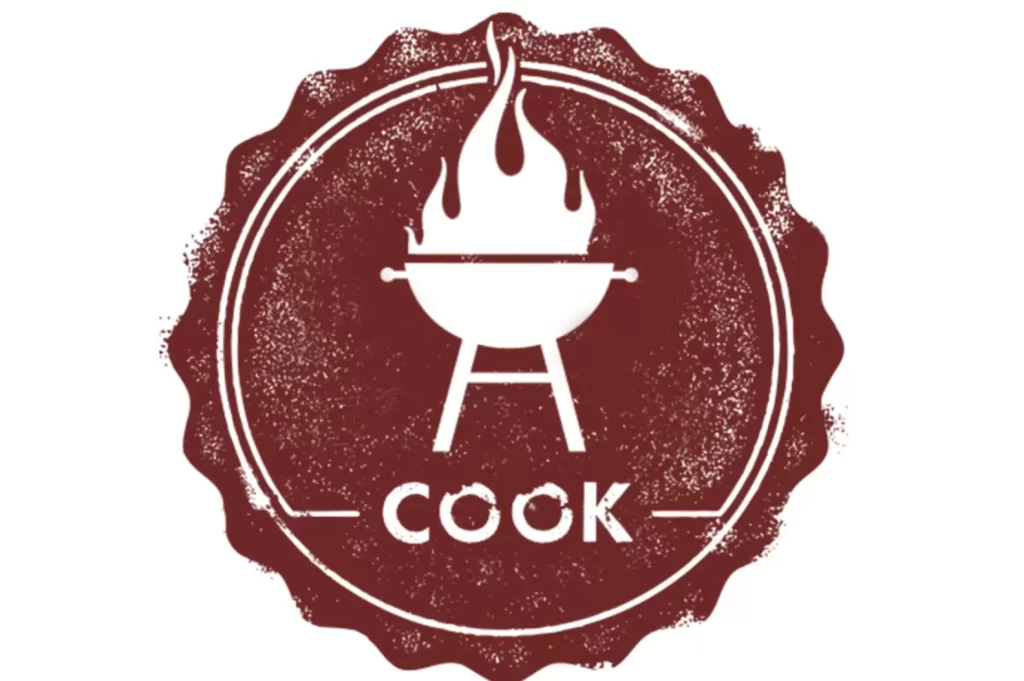Whether you’re looking to try a new grill or you’re new to the art of grilling altogether, choosing the right grill can be overwhelming.
But if you know what your options are, you can make a more informed decision and be less likely to regret it later.
When buying a new grill, it’s important to consider how much space you have to store it, the flavors you want to impart on the foods you cook, how much time you have to grill, your grilling experience level, and more.
Why? Because your personal preferences will determine which grill type is best suited for you.
Here’s a breakdown of the five most common grill types and their pros and cons:
- Gas grill
Gas grills are probably the most popular type of grill. They ignite at the push of a button and heat up fast so you can start cooking quickly. They also have heat control knobs that allow you to adjust the temperatures across multiple burners. When you’re done cooking, gas grills are pretty easy to clean because they don’t get as dirty as other grill options like charcoal grills.
On the downside, gas grills don’t get as hot as other grill types, with temperatures peaking in the 400° to 600° F range. They also aren’t very portable. Natural gas grills must stay connected to the house gas line, while propane gas grills require lugging around heavy and cumbersome propane bottles.
- Pellet grill
A pellet grill uses hardwood pellets for fuel. This gives your food a nice hardwood smoked flavor. However, pellet grills still use electricity to power and control the heat so you can change the temperature. This makes them relatively user-friendly.
At the same time, pellet grills are less common and tend to be more expensive and harder to find than other options as a result.
- Charcoal grill
A charcoal grill is the least expensive option on the list. It uses briquettes or lump charcoal as fuel to give your food that delicious barbeque flavor. Charcoal can also reach heat levels up to about 700° F and is better at retaining moisture, resulting in juicier meats.
On the flip side, charcoal grills are trickier to ignite and take longer to heat up. This means you’ll spend longer grilling (and learning how to grill). There’s also little temperature control and the grill can be harder to clean when you’re done.
- Electric grill
Electric grills are probably the most convenient option. Because they’re powered by electricity, they don’t require any fuel, they’re smaller, they heat up faster, and they’re easier to clean. This makes them great for people with tight spaces and little time to cook.
However, keep in mind that electric grills also give off limited heat and won’t give your food any of that nice chargrill or wood-burn flavor.
- Smoker
Last on our list are smokers. These are designed to cook food slowly to maximize your food’s smoky flavor. So if you love that taste, this may be the option for you. Smokers come with different fuel options, so you can customize your flavors.
Of course, the downside to smokers is that they require you to spend longer cooking. Often, you’ll need to leave your food to smoke over an entire day. Smokers also don’t get very hot, maxing out at around 300° F.
Final advice
At the end of the day, there’s no right or wrong answer to which grill is best. It all depends on your personal preferences. Choose the one that best matches your and your family’s needs.
 World inside pictures Collect and share the best ideas that make our life easier
World inside pictures Collect and share the best ideas that make our life easier







